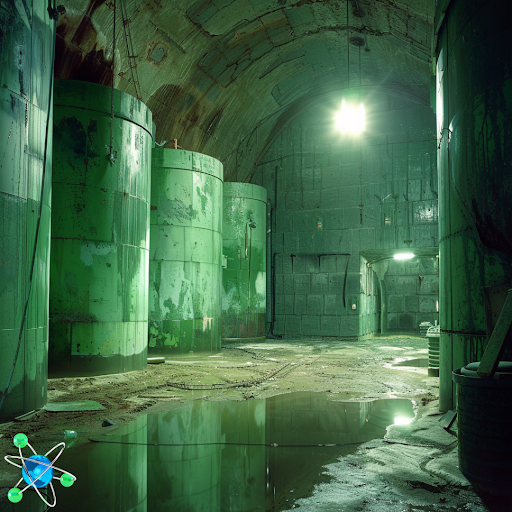
- Transmutex’s technology significantly reduces nuclear waste radioactivity duration to less than 500 years and waste volume by 80%, using a particle accelerator to transmute thorium into usable uranium.
- The technology, supported by Nagra, can transmute 99% of high-level radioactive waste, preventing the production of plutonium or other high-level waste.
- Despite the promising breakthrough, challenges remain, including high costs, lack of nuclear energy support, and regulatory changes needed for implementation, but Transmutex aims to obtain a US license by 2035 and is actively seeking funding.
The growing demand for nuclear reactors brings attention to the disposal of nuclear waste. With the technology from Swiss company Transmutex, nuclear waste radioactivity can be drastically reduced as well as nuclear waste volume. Although this breakthrough is monumental, there are still a few challenges to be faced such as cost and acceptance. The advancement in nuclear waste disposal can make nuclear energy more appealing and hopefully lead to greater acceptance for its use.
Nuclear waste has been one of the most discussed topics against the use of nuclear energy. The radioactive waste from nuclear energy has mostly been securely encapsulated underground as the main form of disposal. The leading concern surrounding the waste is its radioactivity and duration as nuclear waste can remain radioactive for hundreds of thousands of years. The majority of nuclear waste, about 90%, is considered low level waste and only contains about 1% of the total radioactivity. The high level waste, which is the product of nuclear energy, only makes up about 3% of the total radioactive waste but contains about 95% of the radioactivity.
Swiss company Transmutex has developed technology that can critically reduce the radioactive duration to less than 500 years and reduce nuclear waste volume by as much as 80%. This claim was also backed by Nagra, the Swiss national body that manages nuclear waste. Transmutex technological breakthrough focus on the transmutation of elements through the use of a particle accelerator. Scientists at Transmutex propose using thorium, a slightly radioactive element, and transmuting it into an isotope of uranium. Transmutex’s technology can transmute 99% of the world’s high level radioactive waste. This newly generated uranium can be used as processed fuel and won’t produce plutonium or other high level radioactive waste.
Although this groundbreaking technology seems simple enough to implement immediately, there are still challenges to face before actually incorporating this technology into the real world. The expense of building a particle accelerator near each plant is an issue as it can be quite expensive considering the Large Hadron Collider alone cost $5 billion. Furthermore the lack of support in nuclear energy raises concerns as Switzerland may look to shut down its four existing nuclear power production facilities. Additionally, two laws need to be altered which would allow for the construction of new nuclear power plants and permit the reprocessing of waste. Despite being faced with these challenges, Transmutex still pushes forward as they aim to obtain a license from the US Nuclear Regulatory Commision by 2035 and remain a private company with goals to raise around 200 million Swiss francs for its next financing round.
The development of technology by Swiss company Transmutex offers a promising solution to the issue of nuclear waste disposal. The innovative findings of Transmutex allows for the significant reduction in radioactivity time while simultaneously reducing the nuclear waste volume. Challenges such as cost and acceptance do not stop Transmutex from their ambitious goals to grow and expand their company outside of Switzerland.
